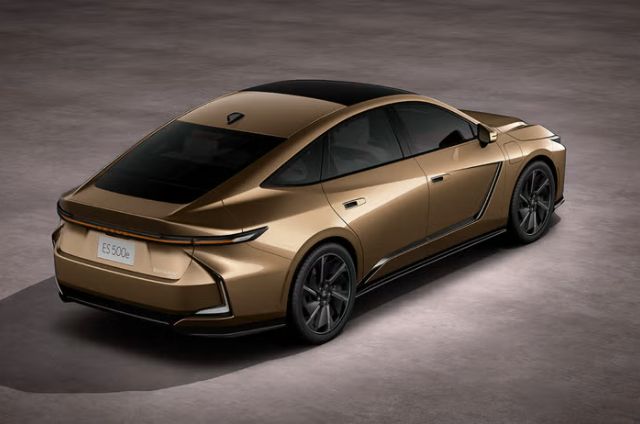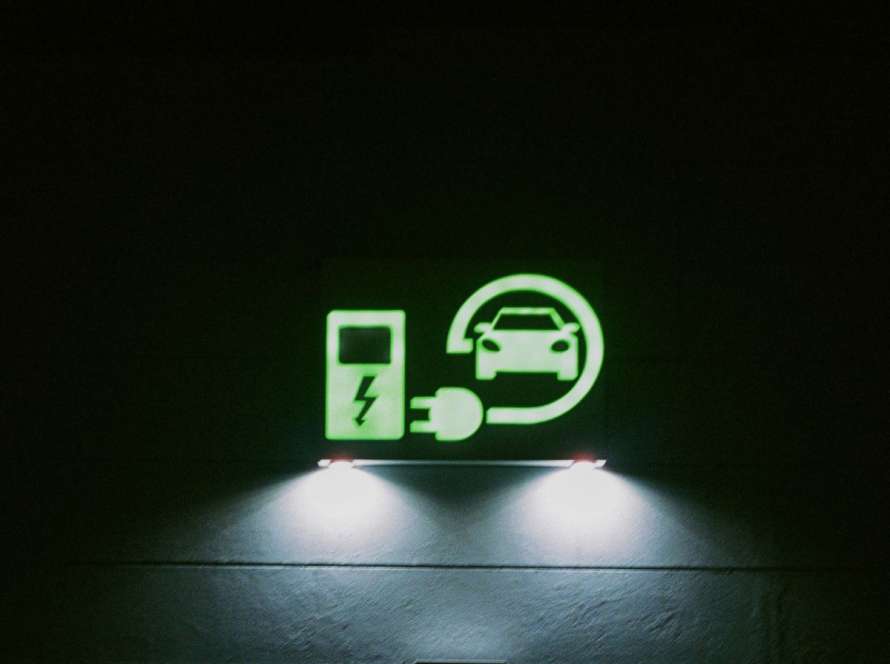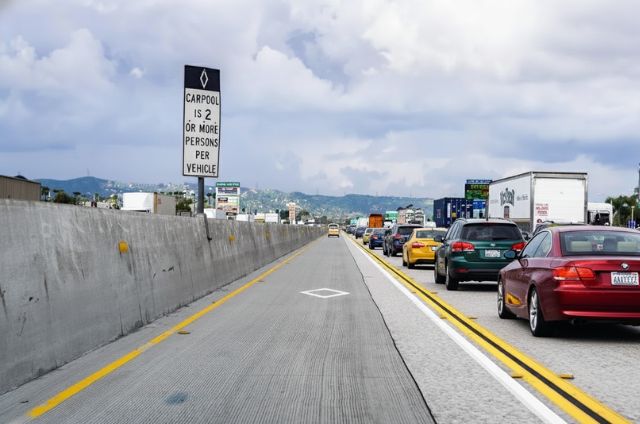What’s the Tipping Point for EV Adoption?
It’s a question nearly every EV advocate has asked: What’s the one change that would make most people finally go electric? Reddit users recently tackled this in a surprisingly insightful thread, and the answers reveal just how multi-layered the transition to EVs really is.
- Charging Should Feel Like Fueling
Many users zeroed in on one thing: public charging needs to be easier. No apps, no accounts—just tap-to-pay and plug in, like a gas pump. Pull-through chargers (instead of back-in bays) were also a major request, especially for drivers towing trailers or driving larger EVs like trucks and SUVs. - More Level 2, Everywhere
Others made a strong case for massive expansion of Level 2 chargers, especially in apartment complexes, parking lots, and workplaces. The idea is simple: people drive short distances daily, so top-up charging while parked is more important than ultra-fast DC stations for most. - Affordability Is Still a Barrier
Cost came up often. Many felt that EVs need to start under $30K—without sacrificing usability. Several pointed to successful international markets where EVs are already cheaper than gas cars, and how pricing parity in the U.S. would tip the scales fast. - Infrastructure Needs a Rethink
There’s no one-size-fits-all for EV infrastructure. Some users want more destination chargers at hotels, malls, and parks. Others stressed the need for high-speed DC charging along major routes. The consensus? We need chargers where people naturally go, not just scattered randomly. - Keep the Tech, Lose the Complexity
A surprising number of commenters called for less software bloat. Just give them physical buttons, knobs, and reliable controls. For many, simplicity equals confidence—especially for first-time EV buyers.
Final Thought
No single change will flip the switch for everyone—but combine ease, access, and affordability, and the electric future starts looking a lot more like the present.



